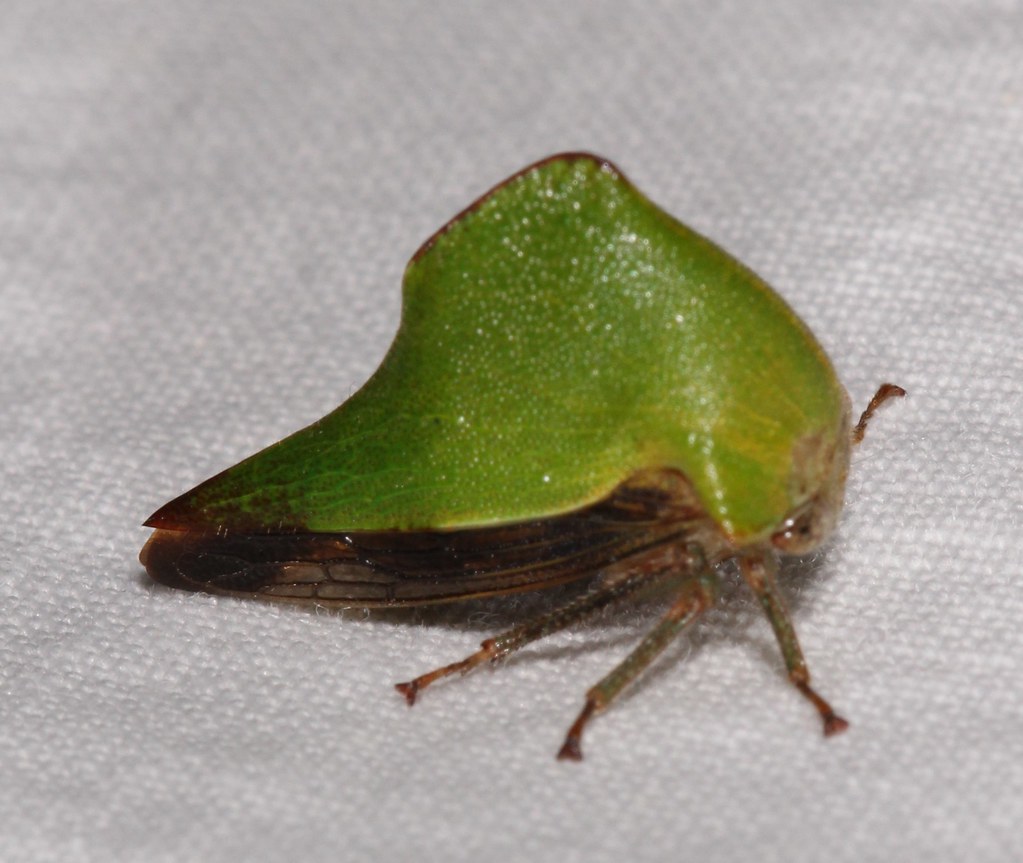Map Snapshot








15 Records
Seasonality Snapshot
Use of media featured on Maryland Biodiversity Project is only permitted with express permission of the photographer.
A Telamona excelsa in Dorchester Co., Maryland (6/12/2015). Verified by Brendan Morris and Ken Wolgemuth/BugGuide.
View Record Details
Media by
Jonathan Willey.
A male Telamona excelsa in Baltimore Co., Maryland (7/1/2017). Determined by John S. Ascher/BugGuide.
View Record Details
Media by
Emily Stanley.
A Telamona excelsa in Frederick Co., Maryland (6/29/2018).
View Record Details
Media by
Mark Etheridge.
A Telamona excelsa in Dorchester Co., Maryland (6/12/2015). Determined by Brendan Morris/BugGuide.
View Record Details
Media by
Jonathan Willey.
Telamona excelsa in Washington Co., Maryland (6/25/2022). (c) Frode Jacobsen, some rights reserved (CC BY-NC).
View Record Details
Media by
Frode Jacobsen.
A Telamona excelsa in Harford Co., Maryland (7/8/2019).
View Record Details
Media by
Dave Webb.
Source: Wikipedia
| Telamona excelsa | |
|---|---|

| |
| Scientific classification | |
| Domain: | Eukaryota |
| Kingdom: | Animalia |
| Phylum: | Arthropoda |
| Class: | Insecta |
| Order: | Hemiptera |
| Suborder: | Auchenorrhyncha |
| Family: | Membracidae |
| Genus: | Telamona |
| Species: | T. excelsa
|
| Binomial name | |
| Telamona excelsa Fairmaire
| |
Telamona excelsa is a species of treehopper in the family Membracidae.[1][2] It was first described by Léon Fairmaire in 1846.
Description
[edit]Males of T. excelsa have a typical yellow-brown pronotum, with the front of the pronotal crest being dark brown. Females, however, are generally green-coloured. The pronotum is edged with black or brown, and have a higher pronotal crest. Males are 11 milimetres long while females are 12 milimetres long.[2][3]
Distribution and habitat
[edit]Telamona excelsa can be found in southwestern, central, and eastern United States and southeastern Canada.[2][3]
Diet
[edit]The following genera and species of trees are the hosts of T. excelsa:
- Castanea dentata (American chestnut)
- Carya (hickory)
- Carya cordiformis (bitternut hickory)
- Carya illinoinensis (pecan)
- Carya ovata (shagbark hickory)
- Carya glabra (pignut hickory)
- Carya pallida (sand hickory)
- Carya tomentosa (mockernut hickory)
- Juglans (walnut)
- J. cinerea (butternut)
- J. nigra (black walnut)
- Parthenocissus quinquefolia (Virginia creeper)
- Quercus alba (white oak)
- Q. macrocarpa (bur oak)
- Q. phellos (willow oak)
- Robinia pseudoacacia (black locust)
- Tilia americana (American basswood)
- Vitis (grape)


References
[edit]- ^ "Telamona excelsa". GBIF. Retrieved 2018-04-11.
- ^ a b c "Telamona excelsa Species Information". BugGuide.net. Retrieved 2018-04-11.
- ^ a b "Hoppers of North Carolina". auth1.dpr.ncparks.gov. Retrieved 2024-02-15.
Further reading
[edit]- Arnett, Ross H. Jr. (2000). American Insects: A Handbook of the Insects of America North of Mexico (2nd ed.). CRC Press. ISBN 0-8493-0212-9.
External links
[edit] Media related to Telamona excelsa at Wikimedia Commons
Media related to Telamona excelsa at Wikimedia Commons





